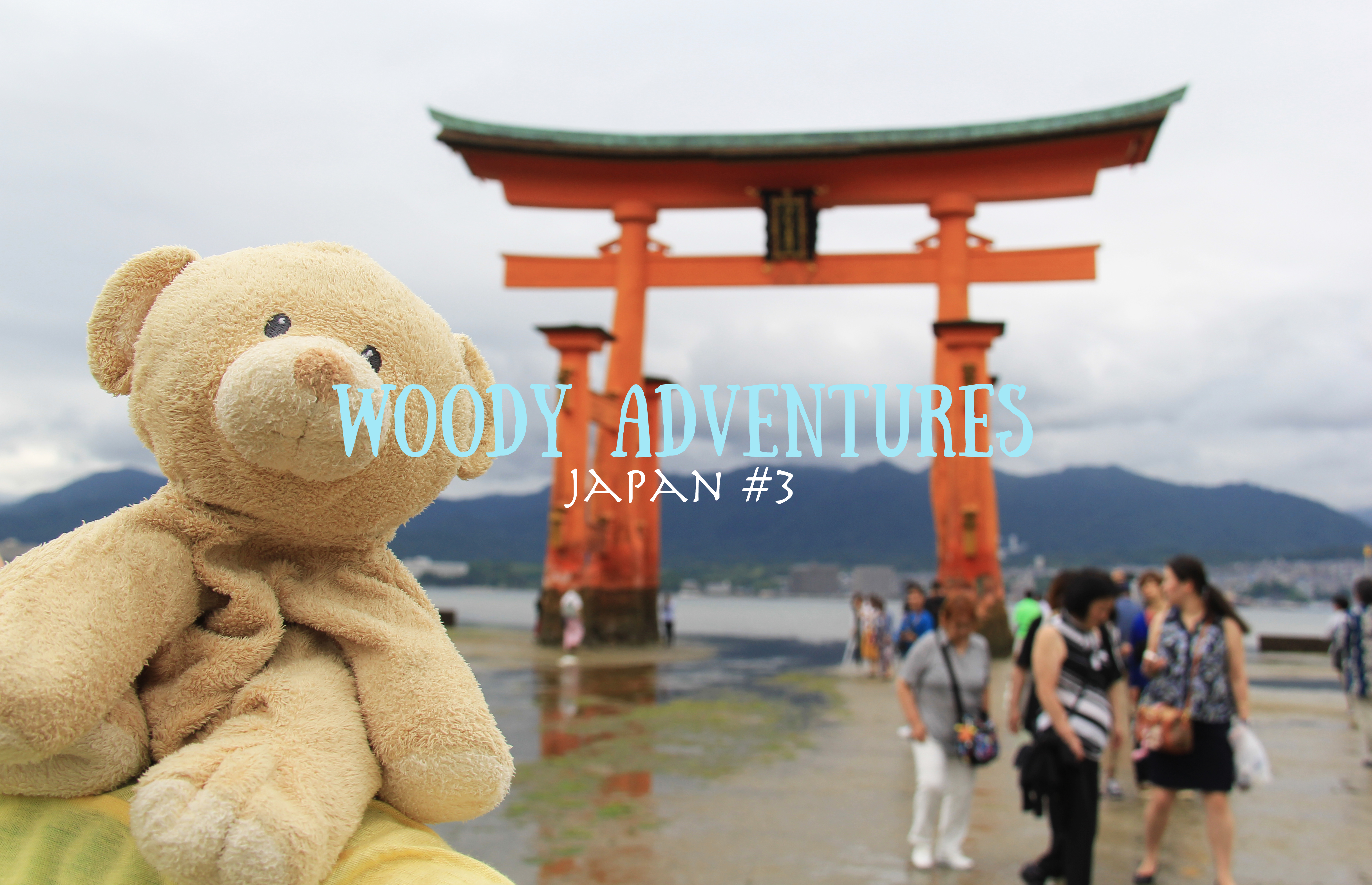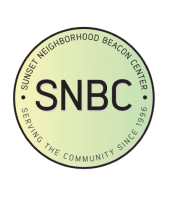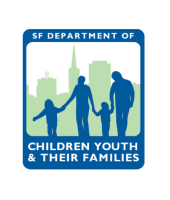Woody Adventures #5 is continuation of my last post chronicling my adventures in Japan. This post will explore the beginning of week two, which covers our journey from Osaka to Miyajima.
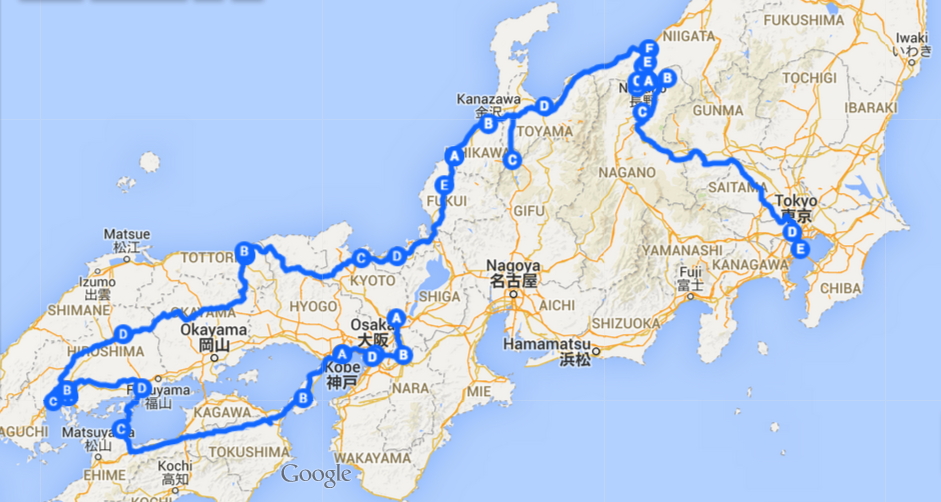
Osaka
Dotonbori
Dotonbori, known for its nightlife and illuminated billboards, is one of the biggest tourist areas in Osaka. My uncle’s friend Masako led us around Dotonbori and introduced us to one of Osaka’s specialties: kushikatsu. Kushikatsu is a general term for fried, skewered meats and vegetables. This particular kushikatsu restaurant had tubs of sauce already on the table that you could dip into, so we could only dip our skewers once. The platters we ordered had skewered shrimp, fish, okra, and more!
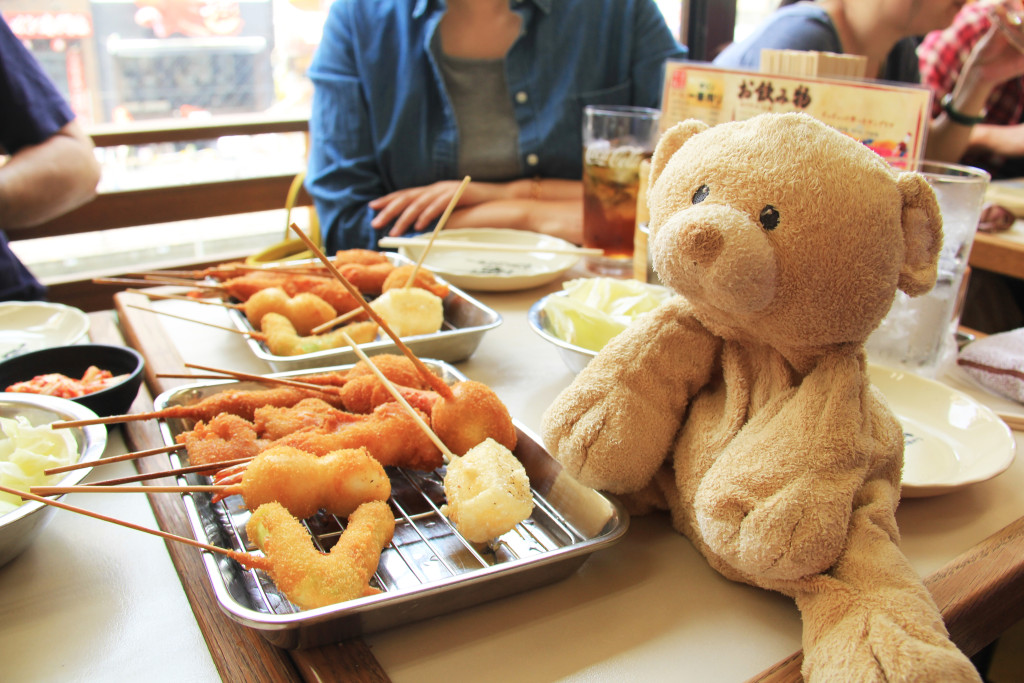
Shinsekai
From Dotonbori, we walked over to the nearby neighborhood Shinsekai. From there, we could see the Tsutentaku Tower looming above the food vendors and shops. One unique, strange thing about Shinsekai is the weird amount of Billiken statues. Apparently, Billiken is a charm doll made by an American artist that was appropriated by the Japanese after World War II. The typically gold statues line the streets in varying sizes.
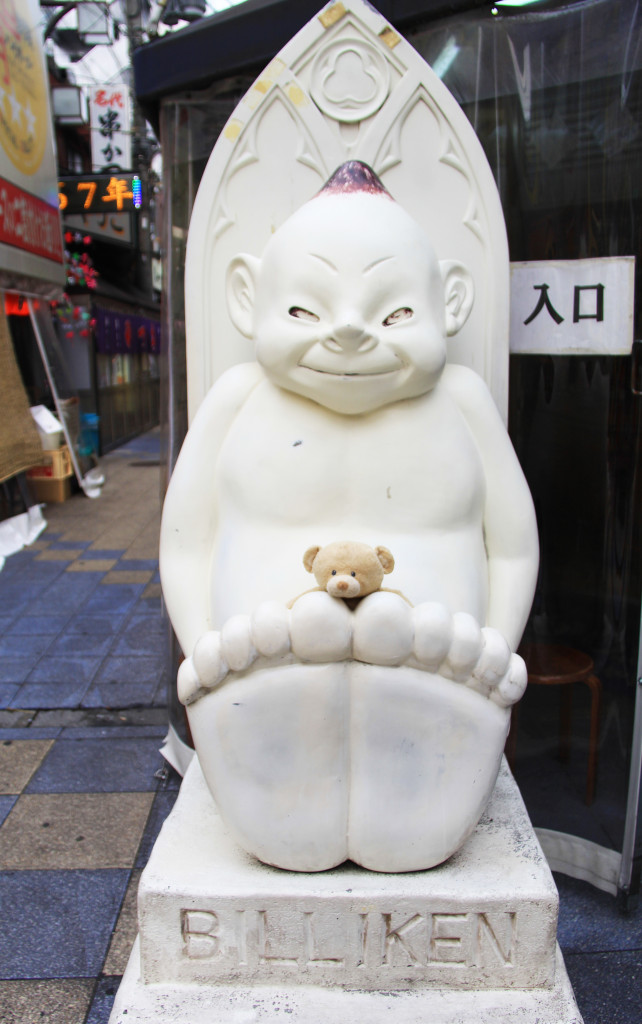
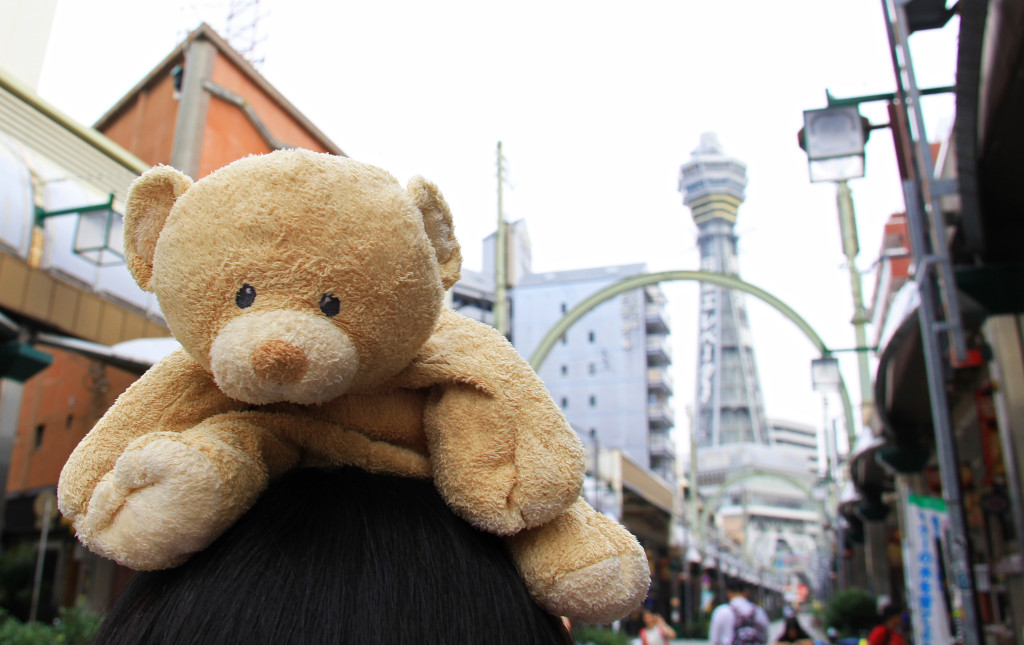
Awaji Service Area
Akashi-Kaikyo Bridge
Our next stop was Hiroshima, but we took a few breaks along the way. In order to get to Hiroshima, we had to pass through Awaji Island. There we stopped to look at the Akashi-Kaikyo Bridge, which has the longest central span of any suspension bridge in the world. Woody got a chance to look at the bridge from the top of a ferris wheel!
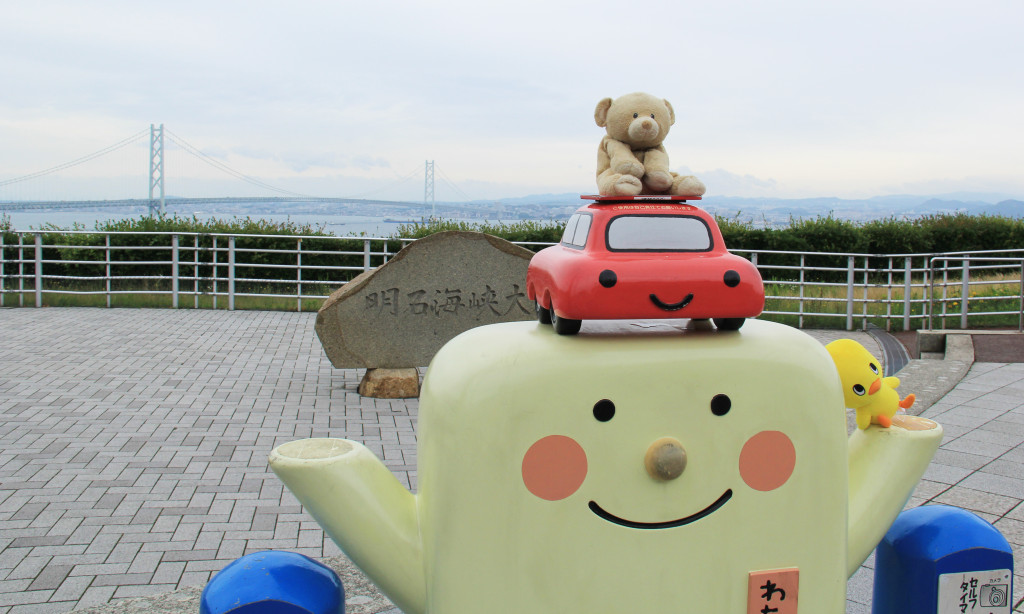
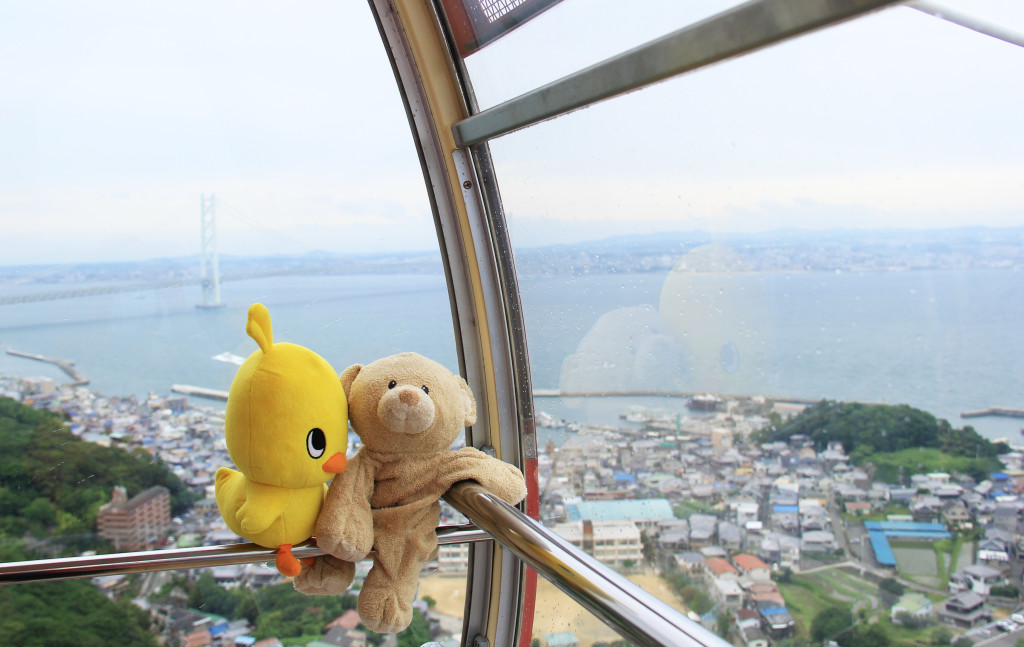
Hiroshima
Hiroshima Atomic Bomb Ruins
The ruins of the atomic bombing remain as a memorial inside Hiroshima Peace Park. The dilapidated building is surrounded by a pristine park, where we walked around to visit statues and other memorials dedicated to the victims of the Hiroshima bombing.
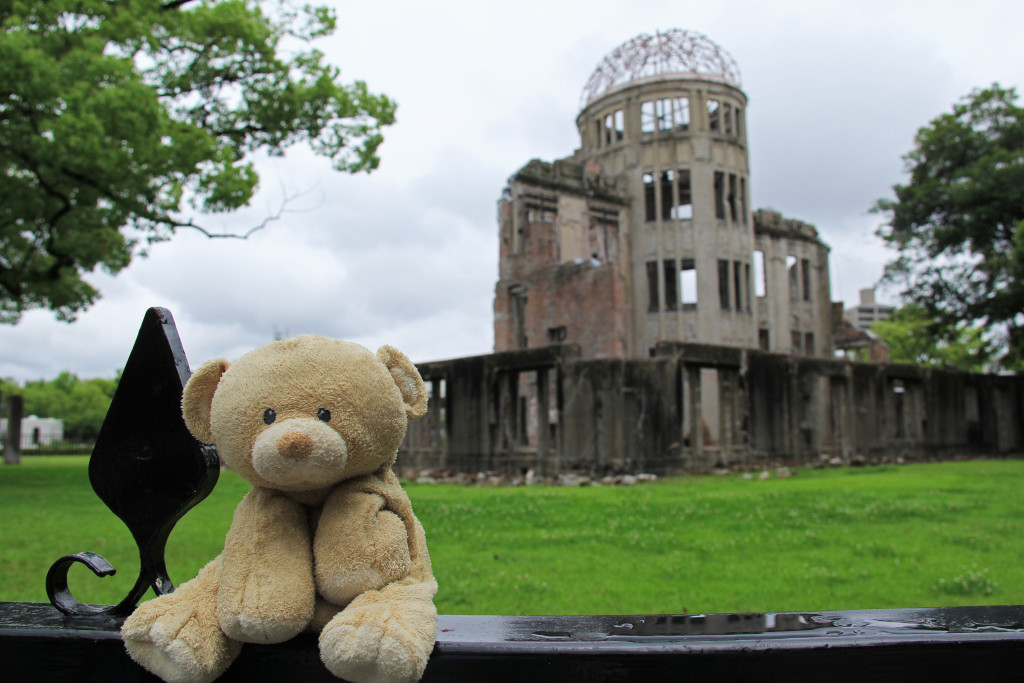
Hiroshima Peace Memorial Museum
Nearby the bomb ruins, the Hiroshima Peace Memorial Museum offers a lot of historical accounts of the atomic bombing. As expected, there were a lot of Japanese students visiting for field trips.
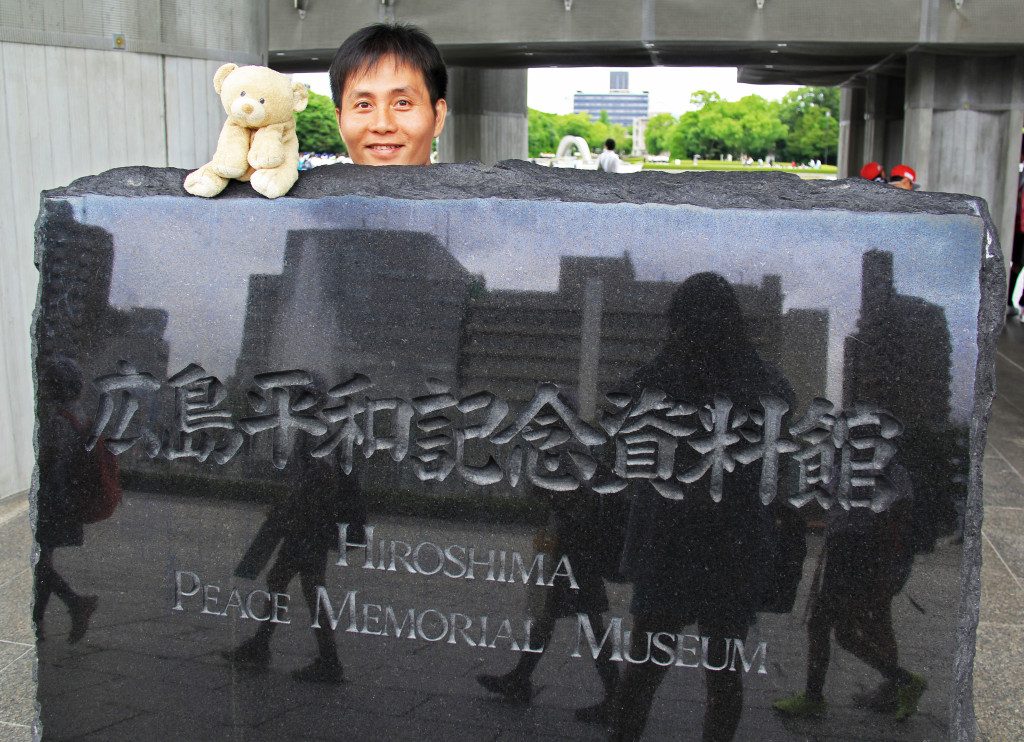
Miyajima
Around the Island
From Hiroshima we took the ferry to the small island of Miyajima. But before that, we had lunch at the port. Our meal consisted of octopus sashimi, grilled eel, tempura, rice, and miso soup. The first thing we noticed when we got to Miyajima was that there was deer roaming around. They’re all around the island!
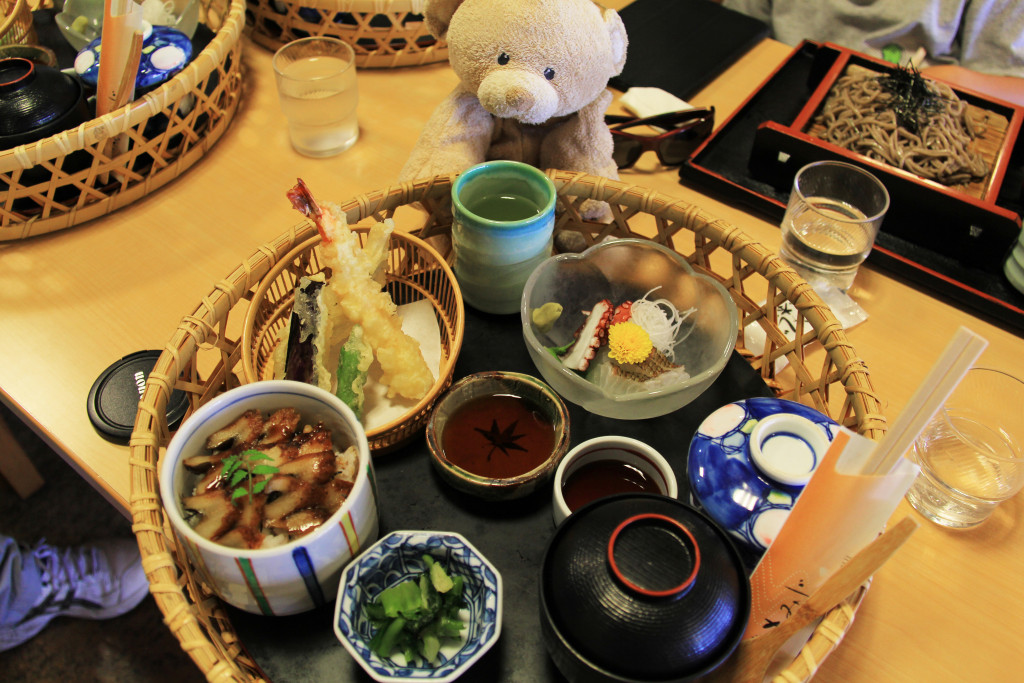
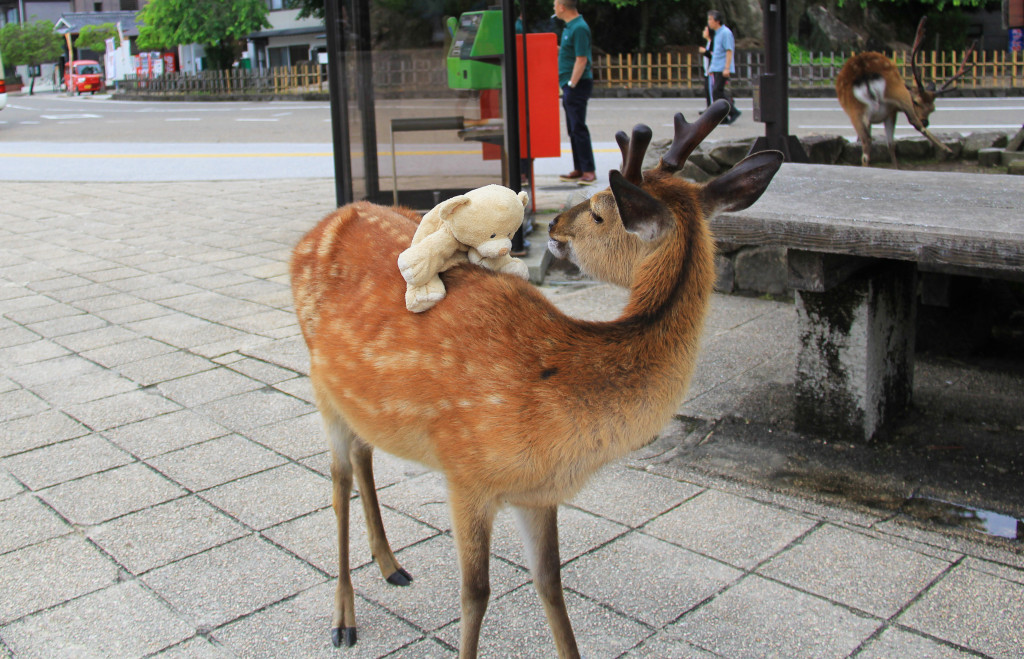
The Great Torii
Miyajima is known for the Great Torii, the big torii gate that sits in front of Itsukushima Shrine. At low tide, you can walk on squishy sand to get to the gate.
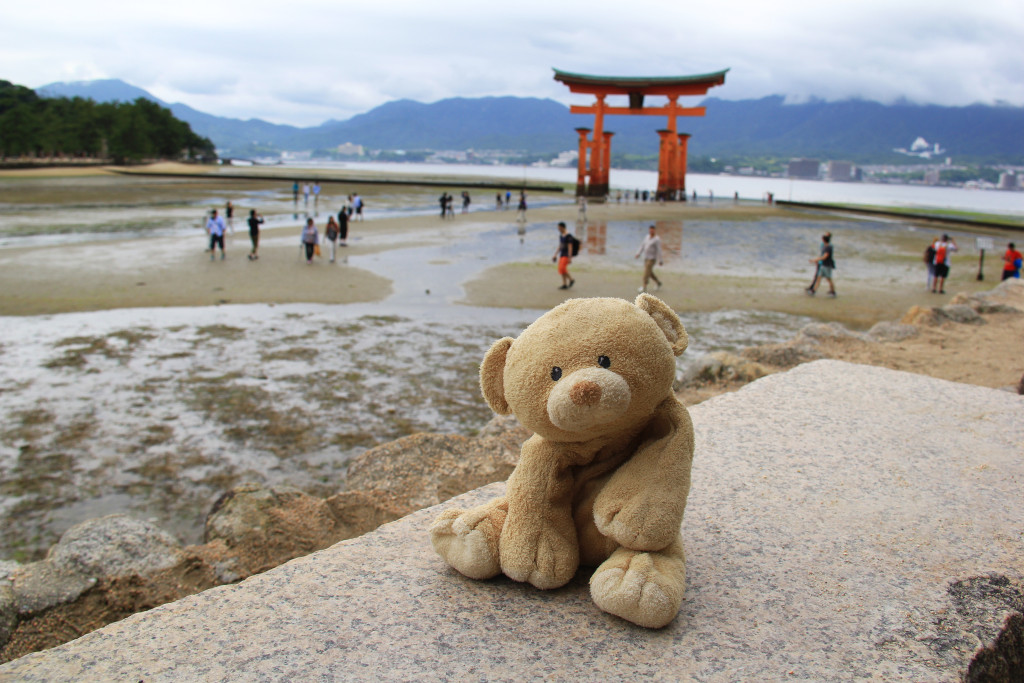
Itsukushima Shrine
This shrine is known for its scenic views—at high tide, it looks like the shrine and the great Torii are floating on water.
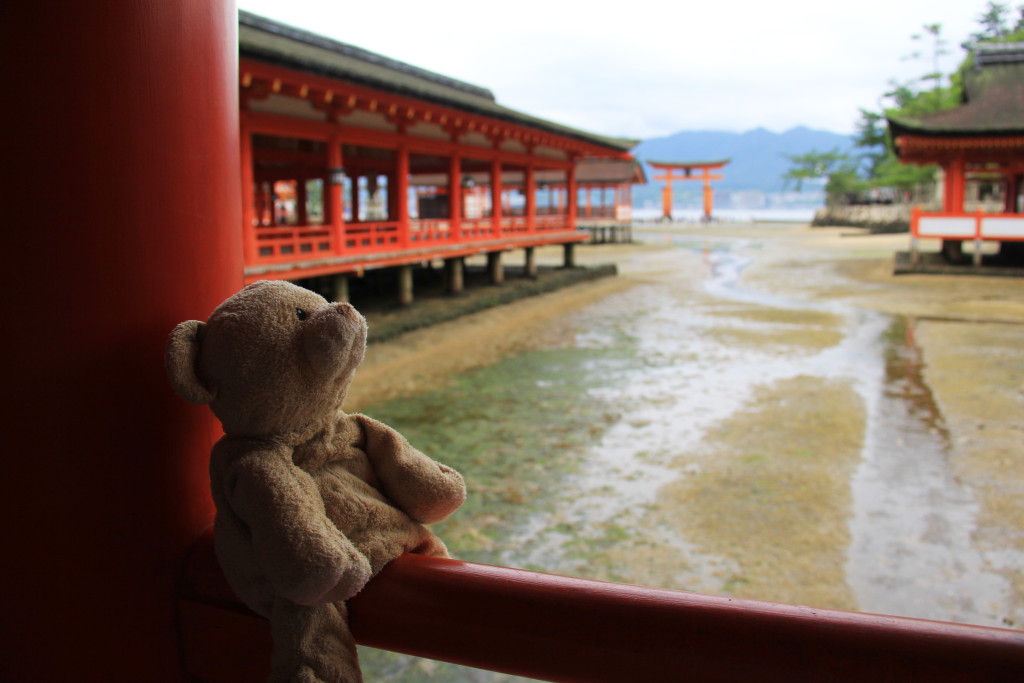
Stay tuned for the last post of Woody’s trip in Japan!

